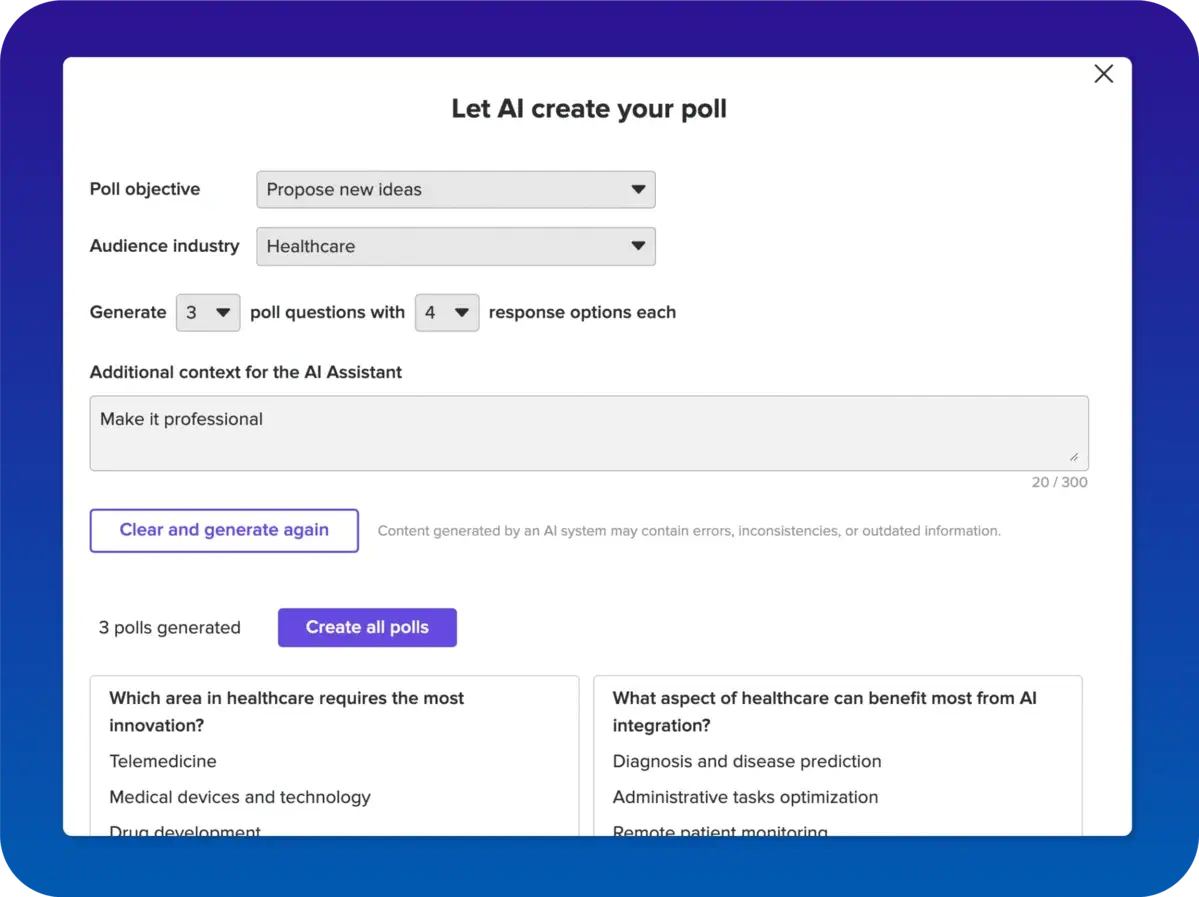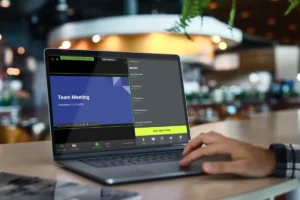Technology provides us with many thorough and efficient systems, but sometimes things still fall through the cracks. When it comes to complex organizations and work relationships it can be hard to keep track of everything.
Have you ever been at work and realized that there are aspects of your organization, role, location, security system, or benefits that you don’t really understand? Perhaps the informative websites, meetings, or legal papers meant to inform you have failed to thoroughly convey key information.
Proactive Employee Communication
Approaching your boss or emailing the responsible department is always an option if questions arise, but companies can also choose to be proactive when it comes to employee communication.
The best methods depend upon the situation and culture at a given organization. Audience response systems can play a useful role in making sure that all employee questions are adequately addressed — and that employees are adequately informed.
At the very least, use of these systems can give employees a clear and regular opportunity to bring up anything that they are curious or concerned about.
Types of Interactive Response Systems
There are various types of interactive response systems — or audience response systems. We will focus on only two of them for the purpose of this conversation. The first type requires the download of an app or special software to participate.
The second is what we call browser-based, which means that users an access the interface effortlessly at any time via a link. Although the second is easier to use and increases participation rates, either one may be utilized for the purpose we’ll share here.
In-Person vs. Virtual Meeting Options
Most often, interactive audience engagement and response systems are used live during meetings or events. But these powerful communication tools can also be utilized to gather data and feedback from a group of people who are not physically together in one room.
All it takes is the email or text delivery of a short link or an invitation for employees to participate. Then they follow the prompts and submit, providing information in a relatively effortless way.
Information Collection
In short, interactive response systems can be used to call for feedback from a group on a regular basis in order to get an overview of what information employees have — or don’t have.
Beyond use in the meeting room, audience response systems can serve as an information-gathering tool, in effect keeping administration up-to-date by providing a snapshot of organization or team-wide queries and responses.
Later, this information can be addressed to the group in writing, thus completing the circle and keeping employees out of the dark.
An Approach That Benefits Everyone
In this day and age, why leave the questions until everyone is together in the same room? It takes a lot of effort to organize regular organization-wide meetings to address questions about basic organizational function. So while these are important to schedule from time to time, interactive response systems can fill in the gaps between in-person events.
Creating regular invitations for information via audience response system not only makes it easy for employees to find an outlet for their questions. It also create a more efficient system, allowing organizations to methodically respond to employee concerns in a way that benefits everyone.




















